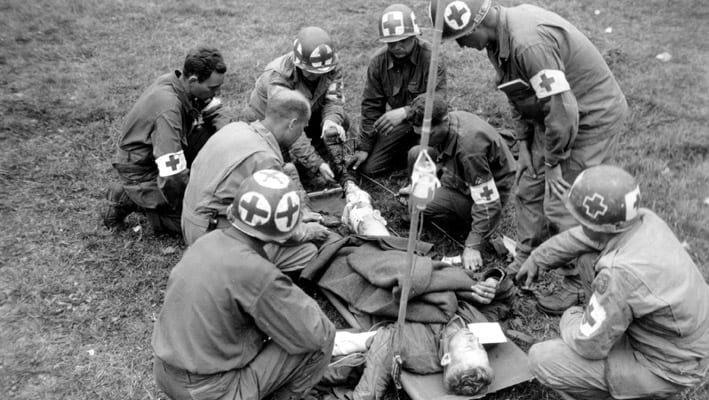Several important cold room factors should be considered in order to ensure energy efficiency and to avoid frequent maintenance issues. Cold rooms and industrial chillers are utilised in many applications, so it is fitting to know the different areas pertinent to maximising the use of the cold storage facilities.
Design
Depending on the application where the room is to be utilised, design plays an important role in determining the efficient performance of the cold storage facilities. The thickness of wall insulation must be considered for deep-freezing or regular freezing requirements. Another factor to consider is the importance of floor heating systems to prevent ice-build up. The design of a chiller requires ventilation to equalise air pressure, while the installation of alarm devices will facilitate operation from outside the cold storage for added security.
Refrigeration Systems
There are different methods by which refrigeration systems can be applied inside the cold storage. Options include clip on refrigeration devices, remote condensing units or centralised refrigeration systems.
- Clip on refrigeration devices work as a refrigeration system using a combination of the compressor, evaporator and condenser encased in a single housing. This type is mainly used in cold rooms requiring only one temperature zone, with a volume of less than 30 cubic metres.
- Remote condensing units, on the other hand, are refrigeration systems where a condensing unit is connected to the evaporator using pipelines. The evaporators are typically installed in ceilings and equipped with ventilation fans to allow proper air circulation. This type of refrigeration system mostly applies to buildings and outdoor cold storage facilities.
- Centralised refrigeration systems use a compressor network that is separately installed from the actual cold storage, with pipes connecting the rooms. This type of refrigeration system is mostly observed in warehouses, supermarkets and any other similar cold storage facilities.
Temperature Regulation
One of the most notable characteristics of a cold storage is a controlled or regulated temperature. By using a refrigeration controller, which uses a control sensor to measure room temperature, the control sensor measures room temperature in reference to a given set point determined in the regulator. When the set point temperature is not yet reached, the compressor or solenoid valve is automatically switched on, until the set point temperature is maintained inside the cold storage.
Room Zones in Cold Facilities
Depending on the type of products stored in cold facilities – medicines, food, temperature sensitive data equipment, etc., the conditions in which a cold storage should be kept will always vary. That is, the expected storage period will vary, especially if perishable goods are to be stored. Usually,the temperature of a cold storage ranges from – 10ºC to 0ºC. Then again, product quality should always be considered to determine the best temperature to use within the facility.
Other considerations
There is also the matter of using either a thermostatic or an electronic expansion valve, as well as defrosting cold storage. While some cold storage facilities can make do with simple refrigeration systems, others have to make use of a more complex set up. Contact cold storage facility providers like 1Cold Ltd. to help with the design, construction and management of cold storage facilities.
Give us a call now on 01564 702 29 or contact us here.




